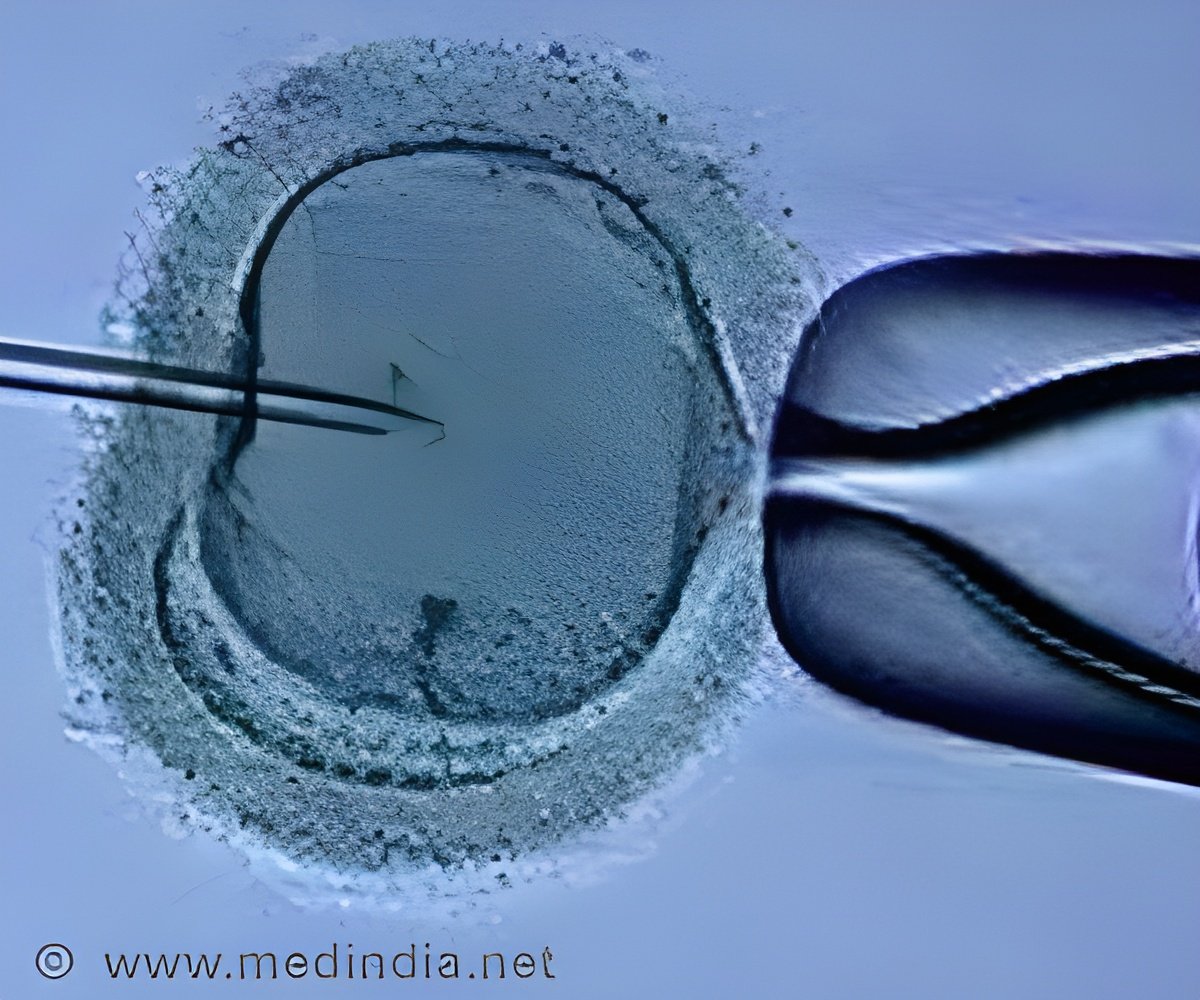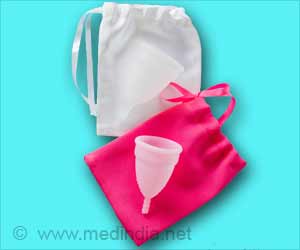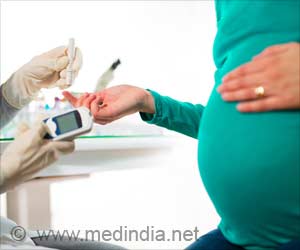Three in four women starting fertility treatment will have a baby within five years, whether as a result of the treatment or following natural conception.

‘Three in four women starting fertility treatment will have a baby within five years, whether as a result of the treatment or following natural conception.’





Denmark is one of the few countries in the world where such a study can be done, with full registry records linking all fertility treatments (including intrauterine insemination) with all live births, and thus providing results sufficiently robust for real-life prognosis. Study presenter in Helsinki, Dr. Sara Malchau of Copenhagen University Hospital, Hvidovre, Denmark, said, "We are now able to provide couples with a reliable, comprehensible, age-stratified long-term prognosis at start of treatment." A total of 19,884 women were tracked in this analysis, with follow-up checked for live births at two, three and five years. Results showed that after two years 57% of women had had a baby, 46% of whom conceived by IVF when IVF was the first fertility treatment. However, 34% of the total delivered after intrauterine insemination when IUI was the first fertility treatment.
Although total birth rates did increase cumulatively over the five year study period - from 65% after three years to 71% after five years - these rates did not increase following IUI when treatment was extended beyond two years (when most patients had switched to IVF). Moreover, 16.6% of women starting treatments with IUI had had a baby after five years not after the treatment but after spontaneous conception.
Further analysis showed - as expected - that age was the greatest determinant of success. At five years, total birth rates were 80% for women under 35 years, 60.5% for those aged 35-40, and 26% for those aged 40 and over.
Dr. Malchau said, "These results help us provide realistic information based on their age and chance of natural conception. Overall, chances of a live birth are good, but successful treatment takes time. Couples will often need several treatment cycles. And even though the greatest chance of conception is following treatment, there is still a reasonable chance of spontaneous conception."
Advertisement
In commenting on the IUI results, Dr. Malchau noted that IUI is usually offered (at least in Denmark) to couples who have anovulatory, unexplained or mild male factor infertility, who also have a relatively good prognosis. "IUI is a more patient-friendly and less expensive alternative to ART," she said. "However, it is not as efficient as ART; only 34% of couples starting with IUI actually conceive with IUI, and 38% shift over to ART treatments. Nevertheless, at two years birth rate in couples starting IUI is higher than in those starting ART, simply because of patient selection and a better prognosis."
Advertisement
Source-Eurekalert















